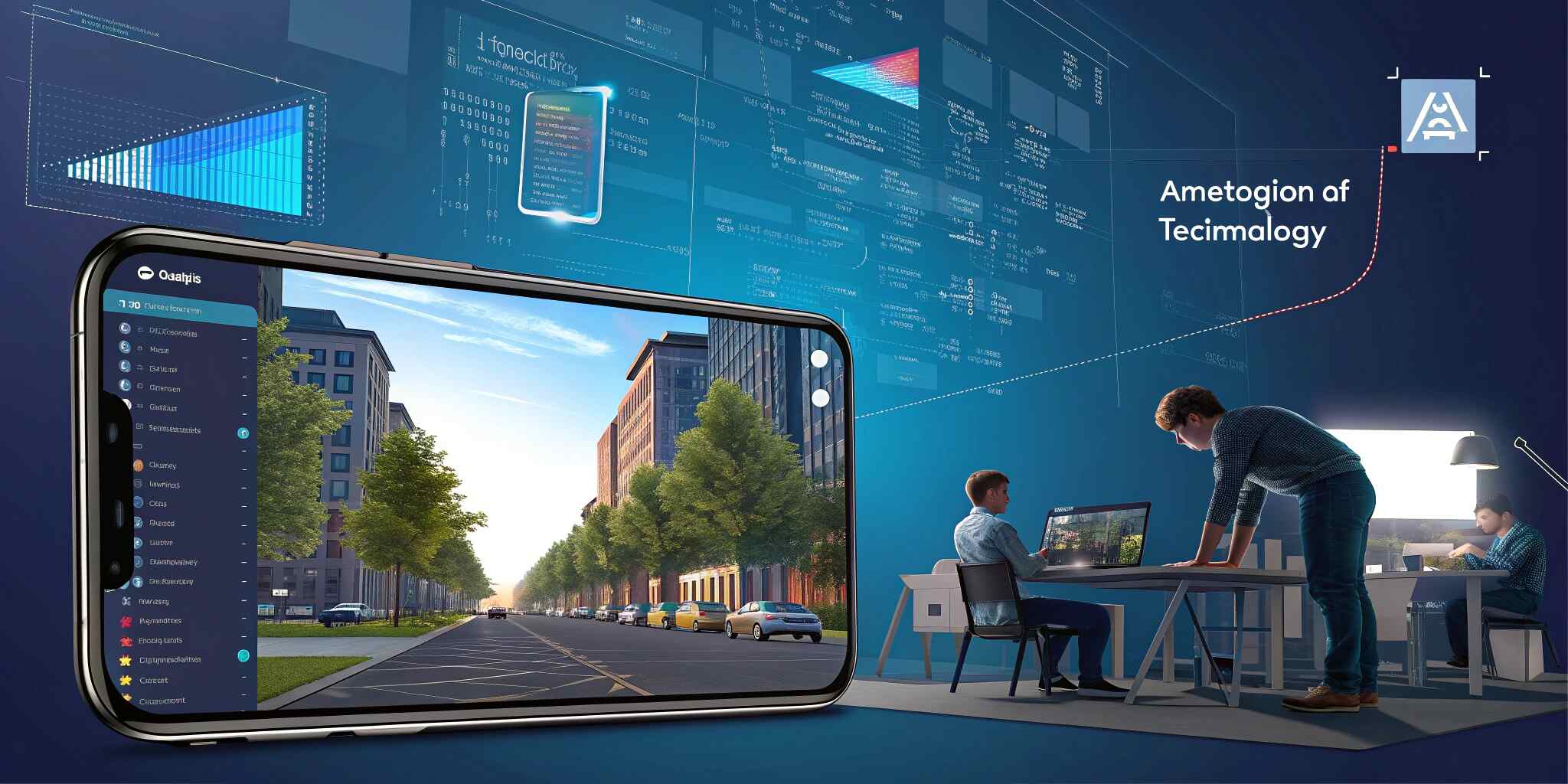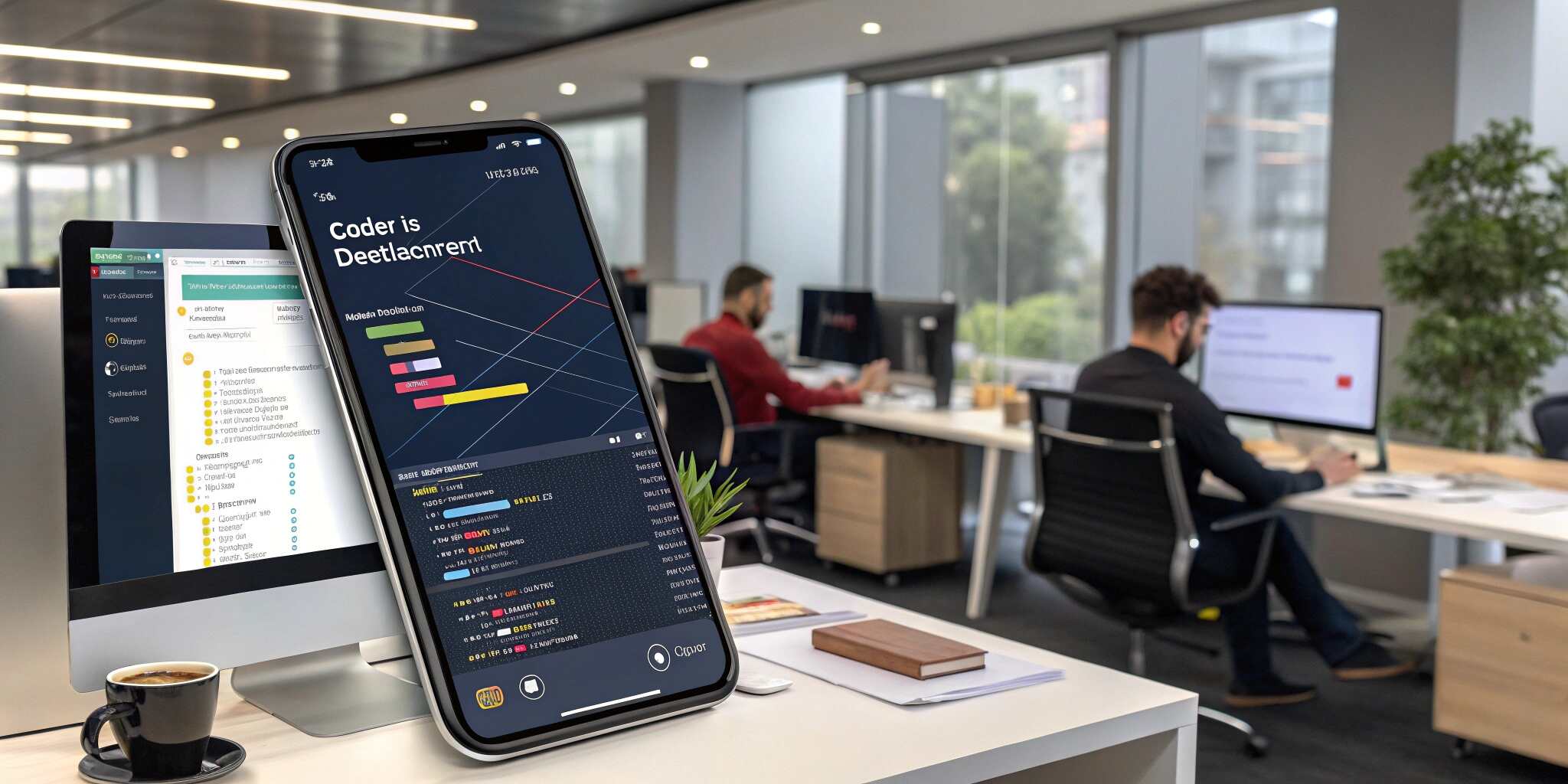The world of mobile app development is undergoing a major transformation with the rise of augmented reality (AR). Among the technologies driving this evolution, Google’s ARCore has emerged as a game-changer for Android developers. By enabling real-world interaction through 3D objects, motion tracking, and spatial awareness, ARCore allows developers to build immersive, interactive, and visually engaging applications that blend the digital and physical worlds seamlessly.
What is ARCore?
ARCore is Google’s platform for building augmented reality experiences on Android devices. It uses advanced computer vision, motion tracking, and environmental understanding to integrate digital content into a user’s real-world environment. Unlike virtual reality (VR), which immerses users in a fully digital space, AR enhances the real world by overlaying digital elements such as graphics, text, and animations.
With ARCore, developers can build apps that allow users to visualize furniture in their homes, play interactive AR games, or explore educational simulations — all using their smartphone’s camera and sensors.
Key Features of ARCore
- Motion Tracking:
- ARCore uses the device’s camera and sensors to track the user’s position as they move. This allows virtual objects to remain accurately anchored in the physical environment.
- Environmental Understanding:
- The platform identifies horizontal and vertical surfaces like floors, tables, and walls, enabling developers to place 3D objects realistically within the user’s surroundings.
- Light Estimation:
- ARCore analyzes lighting conditions to ensure that digital objects match the real-world environment, creating a natural and believable AR experience.
- Augmented Images & Faces:
- ARCore supports augmented image recognition and facial tracking, enabling applications in branding, entertainment, and interactive experiences.
How ARCore is Transforming Android App Development
ARCore has opened new creative possibilities for Android developers across multiple industries:
- Gaming: AR gaming has taken mobile entertainment to new heights. Games like Pokémon GO and other ARCore-powered experiences create immersive gameplay by integrating virtual elements into real-world settings.
- Retail and E-commerce: Businesses use ARCore to let customers visualize products before purchase — such as previewing furniture or trying on virtual accessories.
- Education and Training: Educational apps now use AR to teach complex topics interactively. For instance, anatomy apps let students explore 3D models of the human body in their own space.
- Architecture and Real Estate: ARCore enables architects and realtors to present 3D property visualizations to clients, enhancing communication and decision-making.
- Healthcare: Medical simulations and remote diagnostics benefit from ARCore’s accurate spatial tracking and visualization capabilities.
Tools and Frameworks for ARCore Development
Developers can use ARCore SDKs available for Android, Unity, and Unreal Engine, making integration smooth for both native and cross-platform apps.
- Sceneform SDK: Simplifies 3D rendering for Android apps.
- ARCore Elements: Offers pre-built UX patterns for consistent and intuitive AR interactions.
- Google AR Services: Ensures device compatibility and performance optimization.
Best Practices for Developing ARCore Apps
- Keep it lightweight: Optimize 3D models and textures to avoid performance issues.
- Ensure good lighting: AR experiences perform best in well-lit environments.
- Design intuitive interactions: Keep AR elements natural and easy to control.
- Test across devices: Device capabilities vary, so cross-testing is essential.
- Focus on user value: Don’t use AR just for novelty — ensure it adds real utility or engagement.
The Future of ARCore and Augmented Reality
As 5G connectivity, AI integration, and advanced mobile hardware evolve, ARCore is poised to become a central component of next-generation app experiences. Google continues to expand ARCore’s compatibility across devices and introduce new APIs that enhance realism and interactivity.
AR will play a significant role in shaping sectors like education, healthcare, retail, and entertainment, making it crucial for developers and businesses to invest in AR capabilities now. The future of Android app development will not just be about functionality — it will be about immersive experiences that merge technology and reality.
Conclusion
ARCore represents the next major leap in Android app development. By harnessing its advanced tracking, lighting, and environmental understanding capabilities, developers can create applications that transform how users interact with their surroundings. As AR continues to evolve, embracing ARCore will help developers stay at the forefront of innovation in the mobile industry.


